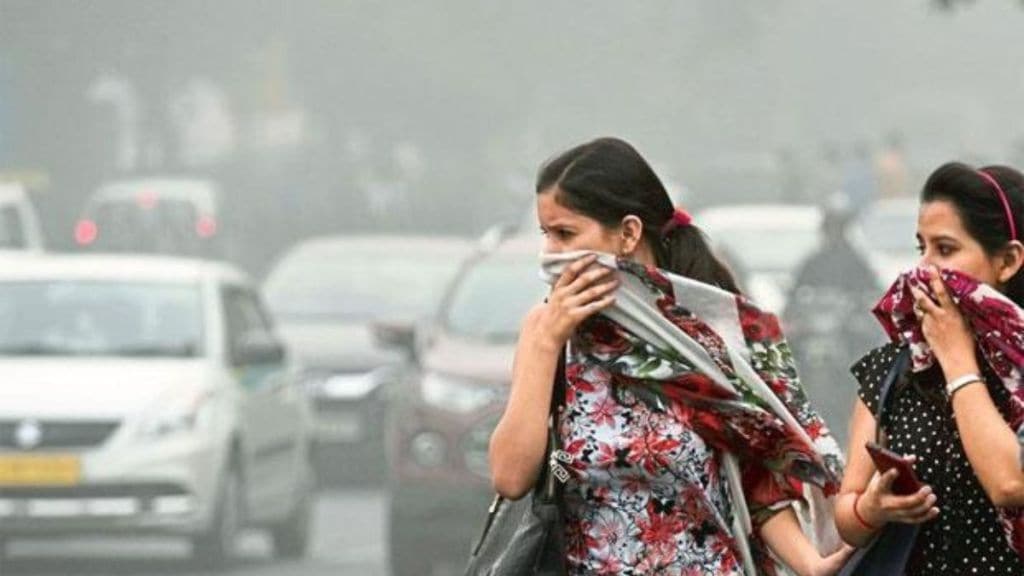Delhi-NCR, along with other North Indian states, had very poor air quality across several cities in North India remained in the hazardous category on Friday, with pollution levels touching alarming highs. According to the Central Pollution Control Board, Anand Vihar recorded the worst air quality with an AQI of 368, followed by Noida (334) and Gurugram (277). Other nearby cities such as Bulandshahr (281), Faridabad (201), and Karnal (257) were also severely affected.
Particulate matter levels remained critically high far above the safe limits prescribed by the World Health Organization. The situation was worsened by cold morning temperatures around 13 degrees Celsius and high humidity (72 per cent). But while the poor air quality affects everyone, experts say people with diabetes are among the most vulnerable groups.
Air pollution can disrupt blood sugar levels
Recent studies have shown that diabetics often experience higher fasting blood sugar, fatigue, and sluggishness on high pollution days. According to a 2023 study published in The Lancet Regional Health – Southeast Asia, even a small increase in long-term exposure to fine particulate matter (PM2.5) was linked to higher fasting glucose levels and a greater risk of developing Type 2 diabetes. Researchers found that air pollution triggers chronic inflammation and oxidative stress, which disrupts insulin function and makes blood sugar harder to control.
“Air pollution doesn’t just damage the lungs, it can also affect how the body manages blood sugar,” explains Dr. Ajay Kumar Gupta, Senior Director and Head of Internal Medicine at Max Super Speciality Hospital, Vaishali.
According to Dr. Gupta, air pollutants like PM2.5, PM10, nitrogen dioxide, and ozone trigger inflammation and oxidative stress in the body. “These toxins reduce insulin sensitivity, meaning the body doesn’t use insulin as effectively. This can cause blood sugar levels to rise even if your diet and activity remain unchanged,” he says.
Chronic pollution and type 2 diabetes risk
Long-term exposure to polluted air can increase the risk of developing Type 2 diabetes. The inflammation caused by pollutants can damage the beta cells in the pancreas that produce insulin, leading to unstable glucose levels. “Over time, this chronic inflammation increases the chances of diabetes-related complications like neuropathy, kidney disease, and heart problems,” Dr. Gupta adds.
People with diabetes also have weaker cardiovascular systems, making them more susceptible to pollution-related issues such as thickened blood, narrowed vessels, and increased chances of heart attack or stroke.
How to manage diabetes during poor air quality days
Doctors advise diabetics to take extra precautions during high AQI days. Reduced outdoor activity due to smog can impact blood sugar control, but indoor workouts like yoga or stationary cycling can help maintain fitness levels.
Dr. Gupta recommends eating foods rich in antioxidants, such as berries, citrus fruits, spinach, and nuts, to combat oxidative stress. Staying well hydrated, using air purifiers, and avoiding outdoor exposure during peak pollution hours can also reduce health risks.
“Wearing an N95 mask and keeping windows closed during high pollution days are simple yet effective ways to protect yourself,” he says. “It’s also important to monitor blood sugar more closely in winter, as poor air quality can subtly raise glucose levels.”
For people living with diabetes, every smoggy day can pose hidden risks. Recognizing the connection between air quality and blood sugar control can help diabetics take proactive steps to stay healthy through the winter months.


